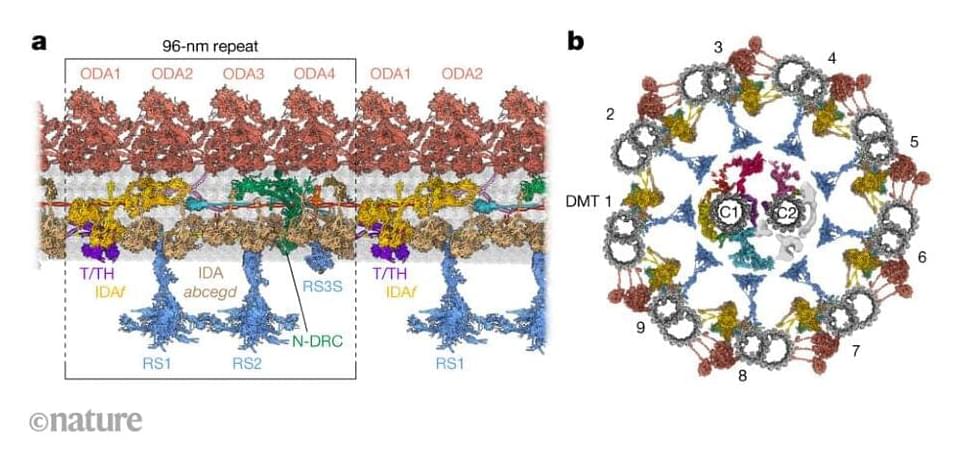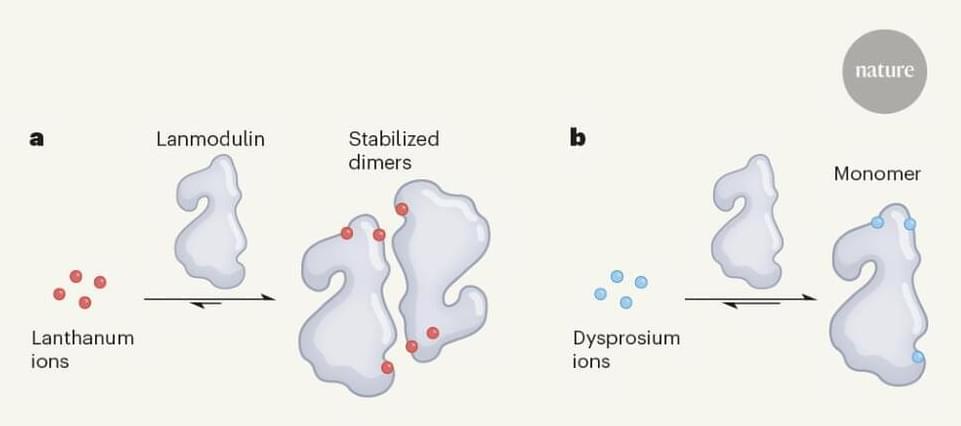Caltech’s recent breakthrough has moved us closer to achieving the transformative potential of space-based solar power.
Get the latest international news and world events from around the world.

Scientists are closer to understanding how much meditation training is needed to improve brain–computer interface performance
Mindfulness-based awareness training can help people learn to better control brain-computer interfaces. But a new study has found that a single guided mindfulness meditation exercise isn’t enough to boost performance. The findings, published in Frontiers in Human Neuroscience, suggest that a longer period of meditation is needed in order for people to experience observable improvements.
The authors of the research are interested in exploring the potential benefits of using mindfulness meditation as a training tool to improve the performance of brain-computer interfaces, which allow individuals to control machines or computers directly from their brain, bypassing the traditional neuromuscular pathway. These devices have the potential to greatly benefit people with conditions such as spinal cord injuries, stroke, and neurodegenerative diseases like amyotrophic lateral sclerosis (ALS).
Previous studies have shown that one of the most effective signals for brain-computer interface control is the sensorimotor rhythm produced in the primary sensorimotor areas during motor imagery. However, not everyone is able to effectively control brain-computer interfaces, with approximately 20% of the population being “BCI-inefficient” even with extensive training. Therefore, researchers are looking for ways to improve performance, and one potential method is through meditation.

Sacrificing Sleep For Productivity Gave ‘Brain Pain,’ Says Elon Musk
Tesla CEO Elon Musk, who last year described himself as “fairly nocturnal,” is known for his history of working through the night and even sleeping beneath his desk to meet deadlines. Recently, however, he revealed that he is endeavoring to secure at least six hours of sleep every night.
In an interview with CNBC on Tuesday, Musk said, “I’ve tried to sleep less, but even though I’m awake more hours, I get less done. And the brain pain level is bad if I get less than six hours of sleep per night.”
Musk said he often works seven days per week and only takes “two or three” truly workless vacation days yearly. However, he said he doesn’t expect his employees to model that behavior.

Resveratrol Extends Lifespan, But Only Under Two Experimental Conditions
Join us on Patreon! https://www.patreon.com/MichaelLustgartenPhD
Discount Links:
NAD+ Quantification: https://www.jinfiniti.com/intracellular-nad-test/
Use Code: ConquerAging At Checkout.
Epigenetic Testing: https://trudiagnostic.com/?irclickid=U-s3Ii2r7xyIU-LSYLyQdQ6…M0&irgwc=1
Use Code: CONQUERAGING
At-Home Blood Testing: https://getquantify.io/mlustgarten.
Oral Microbiome: https://www.bristlehealth.com/?ref=michaellustgarten.
Enter Code: ConquerAging.
Green Tea: https://www.ochaandco.com/?ref=conqueraging.
“I Have no Mouth And i Must Scream” || Unofficial Audiobook || Harlan Ellison || a Vox in The Void
“I Have No Mouth, and I Must Scream” is a post-apocalyptic science fiction short story by American writer Harlan Ellison. It was first published in the March 1967 issue of IF: Worlds of Science Fiction. It won a Hugo Award in 1968.
#audiobook.
#avoxinthevoid.
#horror




An organic electrochemical transistor that serves as a sensor and processor
In recent years, electronics engineers have been trying to develop new brain-inspired hardware that can run artificial intelligence (AI) models more efficiently. While most existing hardware is specialized in either sensing, processing or storing data, some teams have been exploring the possibility of combining these three functionalities in a single device.
Researchers at Xi’an Jiaotong University, the University of Hong Kong and Xi’an University of Science and Technology introduced a new organic transistor that can act as a sensor and processor. This transistor, introduced in a paper published in Nature Electronics, is based on a vertical traverse architecture and a crystalline-amorphous channel that can be selectively doped by ions, allowing it to switch between two reconfigurable modes.
“Conventional artificial intelligence (AI) hardware uses separate systems for data sensing, processing, and memory storage,” Prof. Wei Ma and Prof. Zhongrui Wang, two of the researchers who carried out the study, told Tech Xplore.